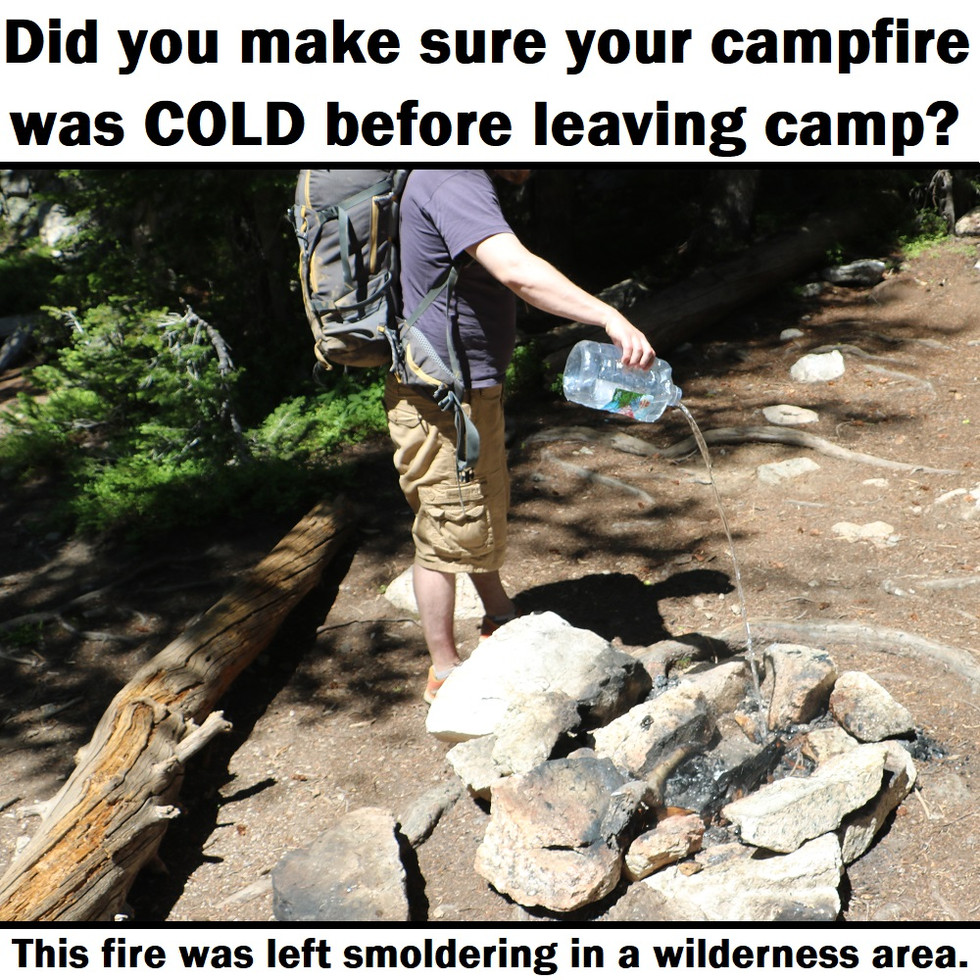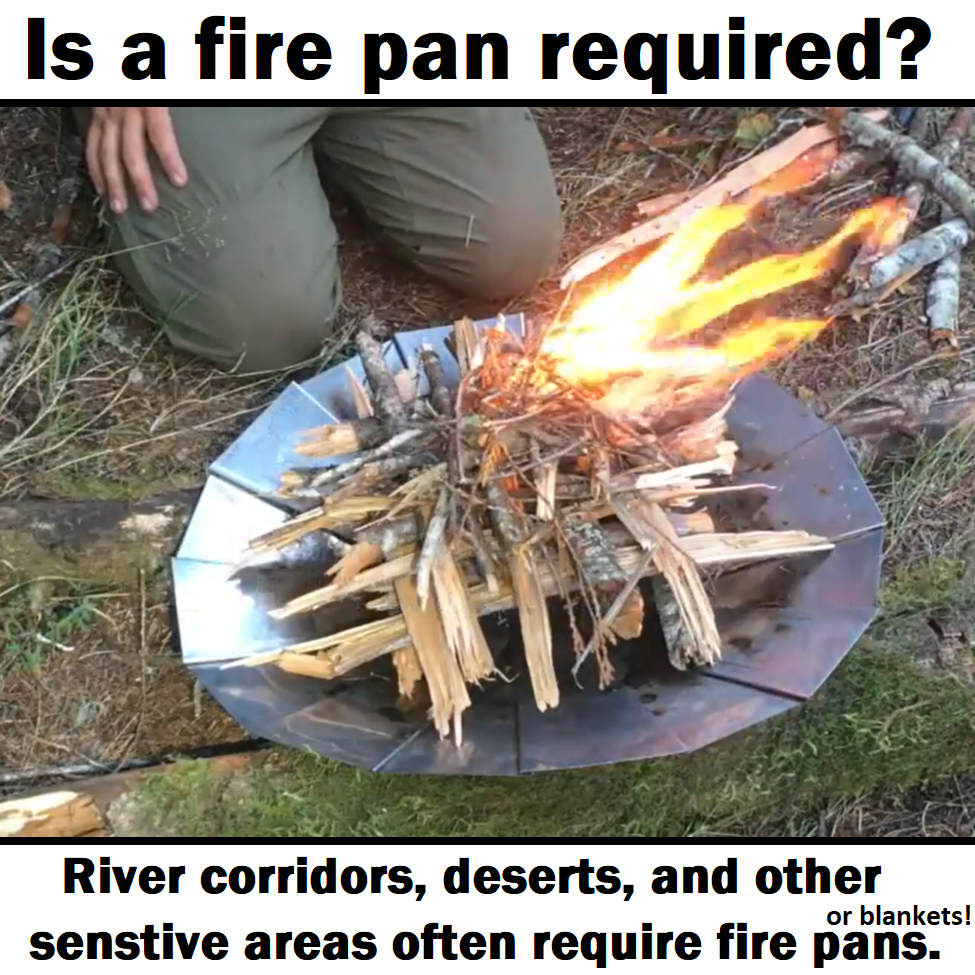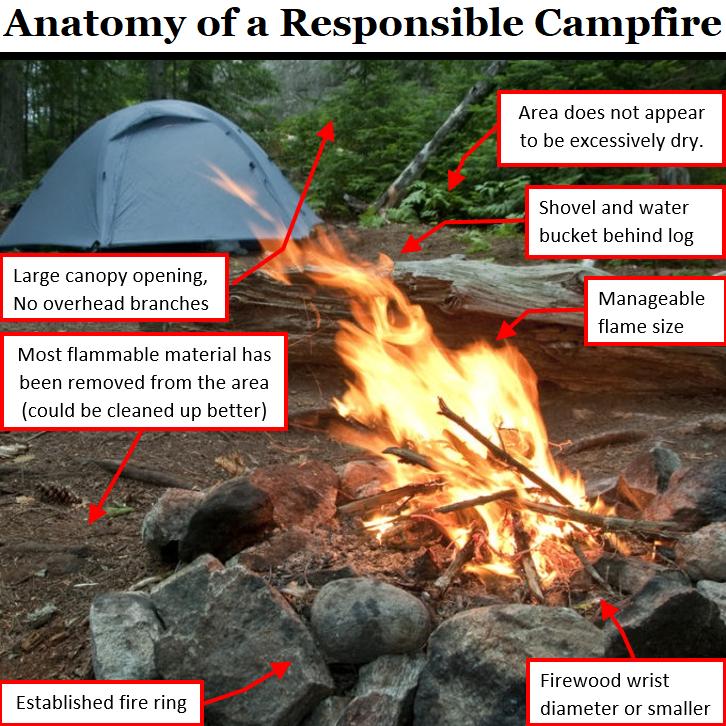Leave No Trace Principle #5 – Minimize Campfire Impacts
- Public Lands Hate You
- Sep 3, 2019
- 2 min read
***Posted to the @PublicLandsHateYou Instagram account on 9/3/2019***
Leave No Trace Principle #5 – Minimize Campfire Impacts
If you go camping and don’t have a campfire, did you really go camping? Of course!
I love a good campfire. The crackle of the fire, staring into the embers, and the warmth on a cool evening is relaxing like nothing else. It’s easy to make a lovely campfire, but are you doing it responsibly?
Fire requires a source of fuel. If bringing wood with you, make sure it was purchased nearby (within 50 miles as a rule of thumb) to avoid transport of invasive species. If allowed, another option is to collect firewood locally. Look for wood that is dead, down, and the diameter of your wrist or smaller. A saw/axe should not be required for collecting firewood. To avoid stripping the area immediately adjacent your campsite, collect wood out of sight of the campfire area.
Choose an acceptable location for the fire. Established fire rings are the best choice and are generally available in areas where fires are allowed. Clear the immediately surrounding area of flammable material, including leaves, pine needles, and forest duff (decomposing organic material) that may hide embers. Make sure to have a method of controlling the fire, at minimum a shovel, bucket, and water source.
When starting the fire, avoid using accelerants as they can result in the fire quickly getting out of control. While the fire is burning, keep it to a size that can be controlled with the equipment at hand. Never leave a fire unattended. Don’t burn trash. When it’s time to put the fire out, ideally let it burn down to ash, then drown it, stir/mix it, and then use your hand to feel for heat. Stick around for 30 minutes after drowning the fire and check the area to ensure no embers have escaped.
Remember, not all public lands allow campfires and many require you to obtain a fire permit in advance. Some areas (often in the desert) require a fire pan/blanket. Even if fires are allowed, take into account local conditions before lighting up. If it’s windy, dry, or you are in an area with a large, dry fuel source (grass, brush, dead trees), consider postponing the fire or finding a more suitable location.
#LeaveWhatYouFind #lnt #7principles #camping #hiking #backpacking #wilderness #protectourparks #publiclands #conservation #outdoors #optoutside #responsibility #accountability #knowledgeispower #publiclandshateyou #adventure #wanderlust #travelmore #influencer #wandermore #wanderbetter #travel #leaveonlyfootprints #takeonlypictures




















Comments